SRP6415
Cathepsin D human
recombinant, expressed in HEK 293 cells, ≥95% (SDS-PAGE)
Synonym(s):
CLN10, CPSD, CTSD
About This Item
Recommended Products
biological source
human
recombinant
expressed in HEK 293 cells
tag
6-His tagged (C-terminus)
Assay
≥95% (SDS-PAGE)
form
lyophilized
mol wt
calculated mol wt 43.6 kDa
observed mol wt 45-55 kDa (DTT-reduced. Protein migrates due to glycosylation. Ser 19 is the predicted N-terminal.)
packaging
pkg of 10 μg
manufacturer/tradename
Sigma-Aldrich
storage condition
dry at room temperature
technique(s)
activity assay: suitable
1 of 4
This Item | C8696 | C0715 | SRP0289 |
|---|---|---|---|
| Gene Information human ... CTSD(1509) | Gene Information human ... CTSD(1509) | Gene Information human ... CTSD(1509) | Gene Information human ... CTSB(1508) |
| technique(s) activity assay: suitable | technique(s) - | technique(s) immunohistochemistry (formalin-fixed, paraffin-embedded sections): 1:200 using human breast carcinoma tissue, indirect ELISA: suitable, microarray: suitable, western blot: 1:1,000 using human breast carcinoma cell line extract | technique(s) activity assay: suitable |
| assay ≥95% (SDS-PAGE) | assay - | assay - | assay ≥90% (SDS-PAGE) |
| biological source human | biological source - | biological source mouse | biological source human |
| application(s) life science and biopharma | application(s) - | application(s) - | application(s) life science and biopharma |
| form lyophilized | form lyophilized powder | form - | form aqueous solution |
General description
Application
Biochem/physiol Actions
Physical form
Reconstitution
Storage Class Code
11 - Combustible Solids
WGK
WGK 3
Flash Point(F)
Not applicable
Flash Point(C)
Not applicable
Choose from one of the most recent versions:
Certificates of Analysis (COA)
It looks like we've run into a problem, but you can still download Certificates of Analysis from our Documents section.
If you need assistance, please contact Customer Support
Already Own This Product?
Find documentation for the products that you have recently purchased in the Document Library.
Customers Also Viewed
Our team of scientists has experience in all areas of research including Life Science, Material Science, Chemical Synthesis, Chromatography, Analytical and many others.
Contact Technical Service![[4,4′-Bis(1,1-dimethylethyl)-2,2′-bipyridine] nickel (II) dichloride](/deepweb/assets/sigmaaldrich/product/structures/471/091/6faa29b1-bf8a-4d87-90b2-4cc55e082620/640/6faa29b1-bf8a-4d87-90b2-4cc55e082620.png)


![(Ir[dF(CF3)ppy]2(dtbpy))PF6](/deepweb/assets/sigmaaldrich/product/structures/982/913/02dd8ddd-6deb-40a0-ab9b-07b18f1abb09/640/02dd8ddd-6deb-40a0-ab9b-07b18f1abb09.png)

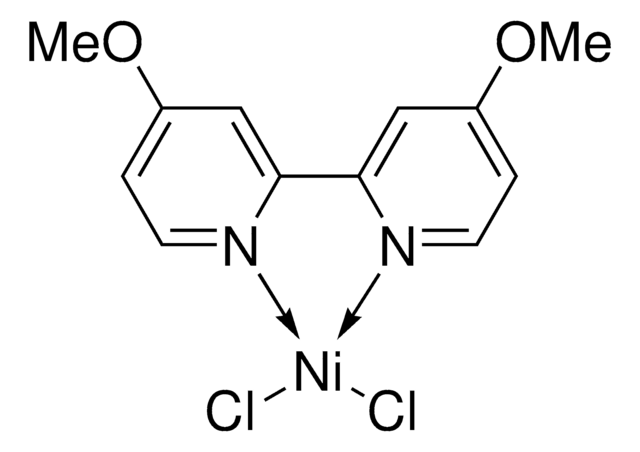
![[4,4′-Dimethyl-2,2′-bipyridine]nickel(II) dichloride hydrate ≥95%](/deepweb/assets/sigmaaldrich/product/structures/714/807/6f838a65-cb7b-400f-bdb3-3e207bb2ddc4/640/6f838a65-cb7b-400f-bdb3-3e207bb2ddc4.png)

![[Ni(dtbbpy)(H2O)4]Cl2](/deepweb/assets/sigmaaldrich/product/structures/777/629/15c13300-e874-4abd-8bd4-8b2bb4864570/640/15c13300-e874-4abd-8bd4-8b2bb4864570.png)



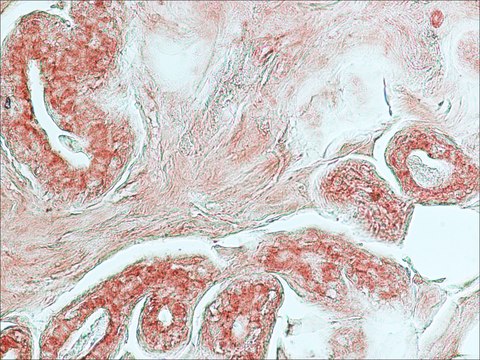

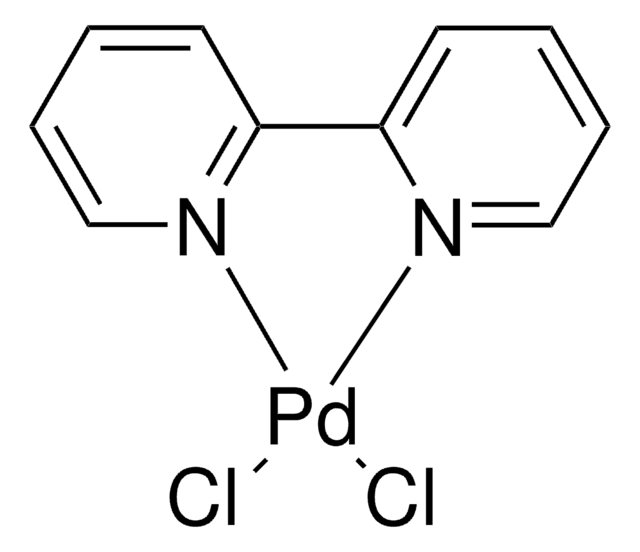
![[1,1′-Bis(diphenylphosphino)ferrocene]dichloronickel(II) 97%](/deepweb/assets/sigmaaldrich/product/structures/274/566/a60d6584-163a-4c41-a738-60f8e4d524fa/640/a60d6584-163a-4c41-a738-60f8e4d524fa.png)
![[1,3-Bis(diphenylphosphino)propane]dichloronickel(II)](/deepweb/assets/sigmaaldrich/product/structures/844/065/af07f787-c6a3-4a6e-a22b-47a933c73978/640/af07f787-c6a3-4a6e-a22b-47a933c73978.png)
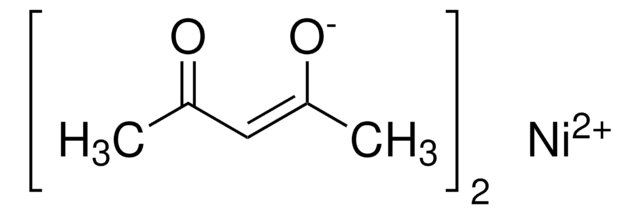
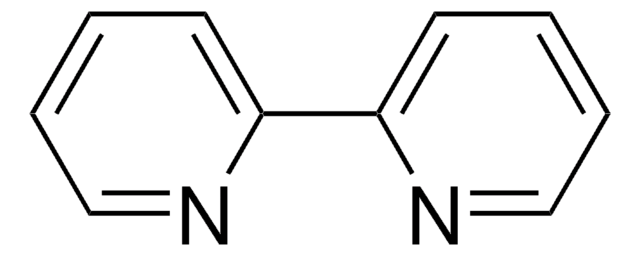
![[1,2-Bis(diphenylphosphino)ethane]dichloronickel(II)](/deepweb/assets/sigmaaldrich/product/structures/707/956/483e7a6e-5fb5-4e39-abd1-ecf33ccab3cf/640/483e7a6e-5fb5-4e39-abd1-ecf33ccab3cf.png)
